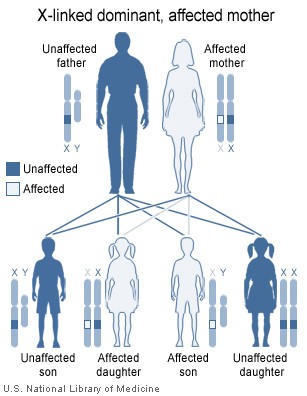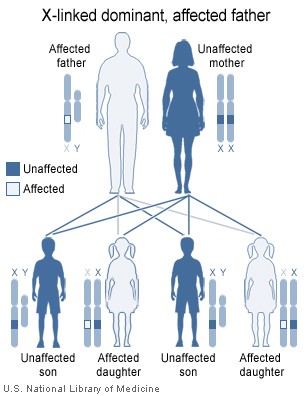- Joined
- Aug 18, 2003
- Messages
- 30,460
- Reaction score
- 23,435
All users may post questions about MCAT, DAT, OAT, or PCAT cell/molecular biology, genetics, and biochemistry here. Anatomy, physiology, development, embryology, and evolution questions should be posted in the other biology thread. We will answer the questions as soon as we reasonably can. If you would like to know what biology topics appear on the MCAT, you should check the MCAT Student Manual (http://www.aamc.org/students/mcat/s...anual/start.htm)
Acceptable topics:
-general, MCAT-level biology.
-particular MCAT-level biology problems, whether your own or from study material
-what you need to know about biology for the MCAT
-how best to approach to MCAT biology passages
-how best to study MCAT biology
-how best to tackle the MCAT biological sciences section
Unacceptable topics:
-actual MCAT questions or passages, or close paraphrasings thereof
-anything you know to be beyond the scope of the MCAT
*********
If you really know your cell/molecular biology, I can use your help. If you are willing to help answer questions on this thread, please let me know. Here are the current members of the Cell/Molecular Biology Team:
-Nutmeg (thread moderator): My background is in neurobiology. Please note that I am nocturnal, and generally only post between the hours of 10pm and 8am PST.
I'm going to make this thread a bit different than the others, because the material covered in the BS section is a bit different. With o-chem, gen-chem, and physics, there are a number of core concepts to understand. While there is also a lot of that in the BS, there is also a great deal of specific knowledge involved in this section (relative to the others). Test questions often introduce an experimental set-up, asking for either expected results or the interpretation of results. As such, passages might relate to advanced concepts that you are not expected to know coming into the test, and that they will explain in the passages. Any familiarity that you have with these concepts will make the test easier.
While in general this forum is designed for people studying for the MCAT, I welcome any questions relating to molecular biology, even though they might be beyond the scope of the MCAT. I know some people also like to use these threads to get help on homework questions, and I welcome that, too.
-LT2: LT2 is finishing her MS in microbiology.
Acceptable topics:
-general, MCAT-level biology.
-particular MCAT-level biology problems, whether your own or from study material
-what you need to know about biology for the MCAT
-how best to approach to MCAT biology passages
-how best to study MCAT biology
-how best to tackle the MCAT biological sciences section
Unacceptable topics:
-actual MCAT questions or passages, or close paraphrasings thereof
-anything you know to be beyond the scope of the MCAT
*********
If you really know your cell/molecular biology, I can use your help. If you are willing to help answer questions on this thread, please let me know. Here are the current members of the Cell/Molecular Biology Team:
-Nutmeg (thread moderator): My background is in neurobiology. Please note that I am nocturnal, and generally only post between the hours of 10pm and 8am PST.
I'm going to make this thread a bit different than the others, because the material covered in the BS section is a bit different. With o-chem, gen-chem, and physics, there are a number of core concepts to understand. While there is also a lot of that in the BS, there is also a great deal of specific knowledge involved in this section (relative to the others). Test questions often introduce an experimental set-up, asking for either expected results or the interpretation of results. As such, passages might relate to advanced concepts that you are not expected to know coming into the test, and that they will explain in the passages. Any familiarity that you have with these concepts will make the test easier.
While in general this forum is designed for people studying for the MCAT, I welcome any questions relating to molecular biology, even though they might be beyond the scope of the MCAT. I know some people also like to use these threads to get help on homework questions, and I welcome that, too.
-LT2: LT2 is finishing her MS in microbiology.




